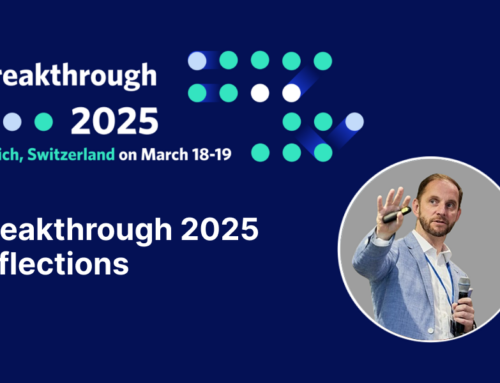Learn how new advancements in artificial intelligence (AI) and generative AI (GenAI) are transforming Agency queries and information exchanges.
As Life Sciences firms’ investments in Regulatory data capture, enrichment, and exchange continue to rise in line with Agency mandates, there is a growing need to transform labour-intensive processes while maintaining high accuracy.
Thankfully, as new advancements in artificial intelligence (AI) and generative AI (GenAI) revolutionize regulatory information management, there is a real opportunity to take advantage of the practical applications they offer to deliver tangible benefits today.
In our article, we outline one powerful, emerging example around automating the intake and management of Health Authority (HA) communications and how it is increasing the chances of new products or clinical trials, or changes to them, being accepted faster and the first time.
The Challenges of Managing Agency Queries and Exchanges
Life Sciences companies across the globe are responsible for capturing and processing high volume of Agency queries and information exchanges, whether in terms of follow-ups to initial authorization applications, or as a part of ongoing registration maintenance. During these interactions, teams may be asked to provide new information, clarifications on specific points, or respond to raised concerns.
Keeping track of these high volumes of interactions can be difficult, especially when they come in from various global sources, in differing formats and languages, and via various channels such as emails, web forms, letters, or phone calls. Stakeholders often need to juggle query resolution alongside a host of other regulatory tasks, and with a short window to respond to Agency queries, manual intake and processing are not only burdensome, but can present a risk to authorization.
These issues are only exacerbated if these interactions are not recorded centrally. Ideally, all regulatory interactions should be routinely and systematically logged, to establish a comprehensive audit trail, and to be searchable for future reference. Failure to properly store interactions within the central regulatory information management (RIM) system and provide all stakeholders secure access can lead to authorizations being significantly delayed or their long-term maintenance being at risk.
So, how can advancements in artificial intelligence ensure better outcomes?
A New Opportunity: Automation in Health Authority Interactions
To solve these challenges, leading regulatory teams are leveraging new, innovative GenAI capabilities to automate the capturing, searching, and distilling insights from across global regulatory exchanges, going back several years. This helps them ensure faster, more consistent interactions, including pre-empting Agency queries in initial submissions, and providing consistent replies to questions globally.
The opportunity for intelligent automation here involves scanning incoming queries and associated responses for metadata and making that information searchable and reusable, so that the responses can be pre-emptively added to future applications.
For example, let’s say the US FDA responds to a certain New Drug Application (NDA) concerning the registration of several new products. Their reply letter is likely to contain several data points that could be captured as metadata. An optimized AI tool, overseen by a professional, can process this RIM record, extract any relevant information, and generate a summary using GenAI. It can then set automatic alerts on key action items, enable trend analysis across all interactions to enhance future performance, and save rework by collating and reusing accepted content from positive responses.
Unlocking Next-Level Efficiency Gains and Data Accuracy
While a human review layer remains vital, GenAI technologies are giving firms a way to significantly accelerate their processes and enhance overall productivity.
There has already been impressive evidence of potential efficiency gains. To date, real applications of the technology in this context across a sample of 23 different languages have extracted 8-16 fields of data, with 90% accuracy, 50% faster processing, and three times fewer handovers. Additionally, thanks to the way GenAI ‘learns’ from vast amounts of data, this was achieved with no need for ‘training’, enabling firms to see this value sooner with minimal effort required.
In short, automating Health Authority interactions is making a huge and tangible difference, boosting overall output and efficiency, reducing potential issues and errors, and ensuring that regulatory teams have everything they need to work with regulatory agencies efficiently and effectively.
LifeSphere Regulatory: Transforming Health Authority Interactions
At ArisGlobal, we’re working diligently and in close partnership with our clients to showcase what’s possible – not just tomorrow, but right now.
With our new LifeSphere® Interactions solution, we are providing industry-leading GenAI automation for intake and management of Health Authority communications, powered by our next-generation LifeSphere NavaX™ cognitive computing engine.
Ready to learn more? See how LifeSphere Interactions is accelerating the intake of regulatory exchanges and building a knowledgebase for transparency and consistency across interactions.





